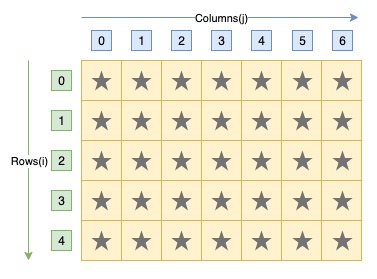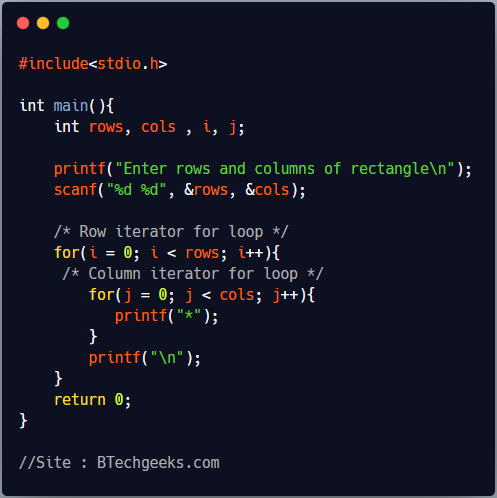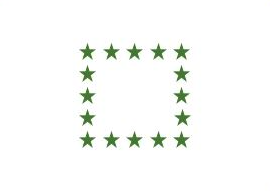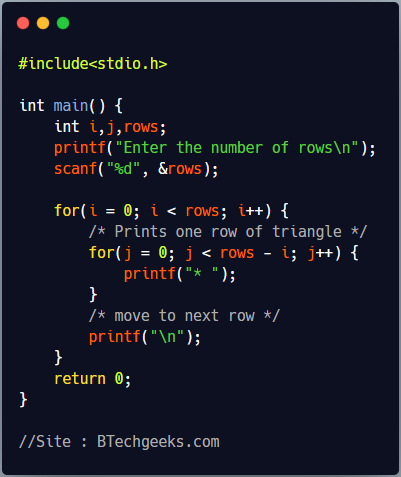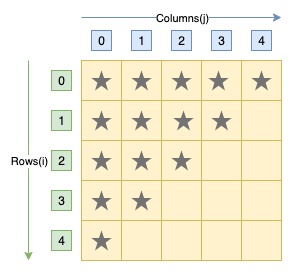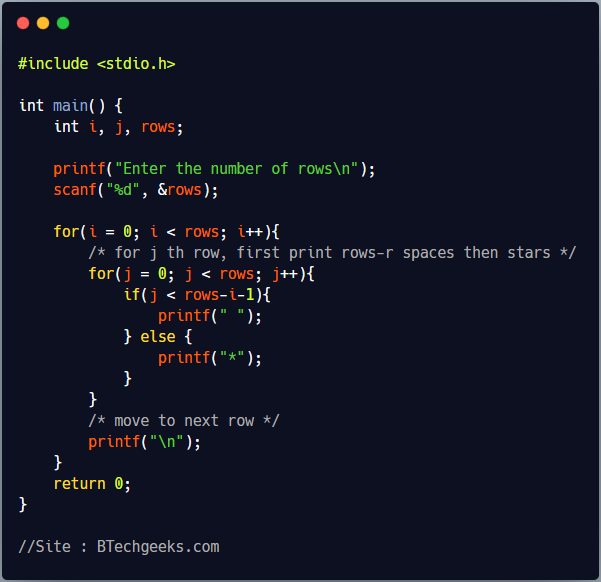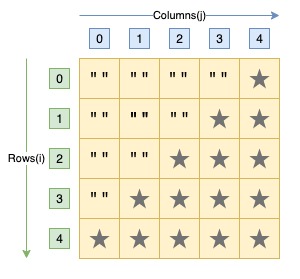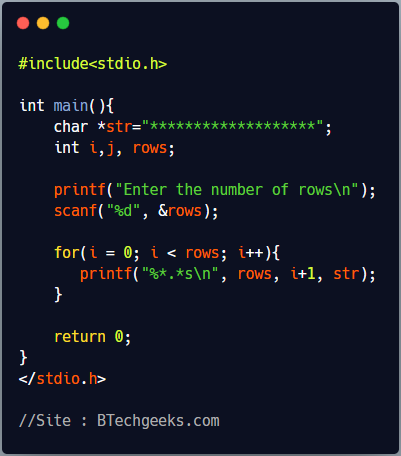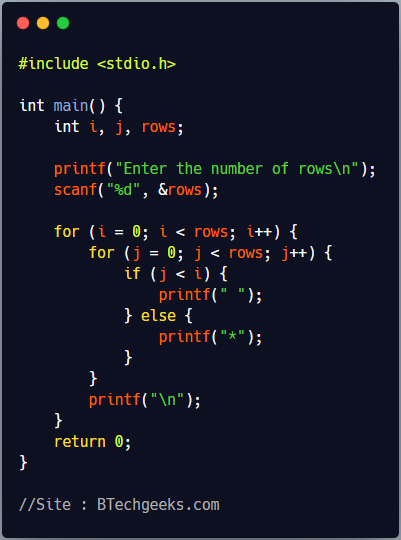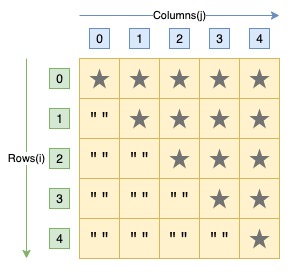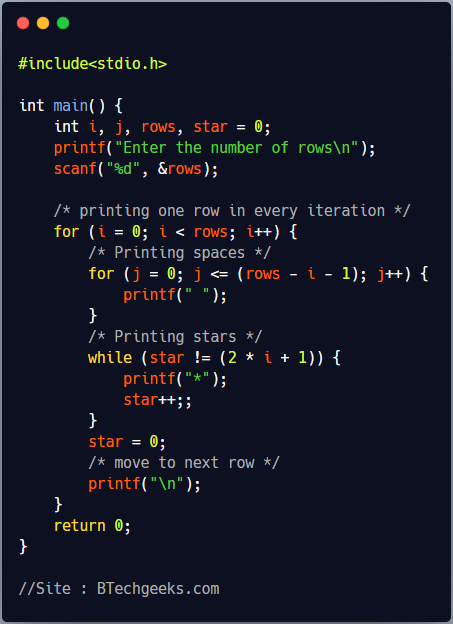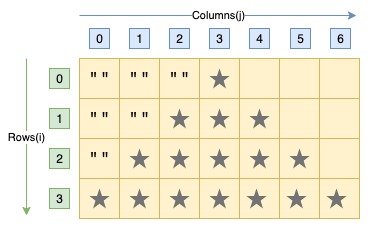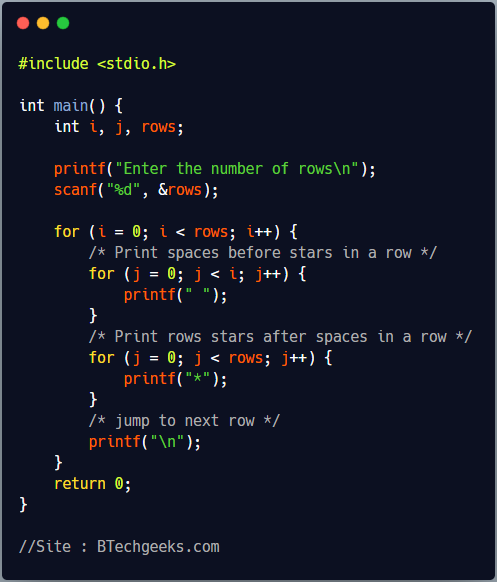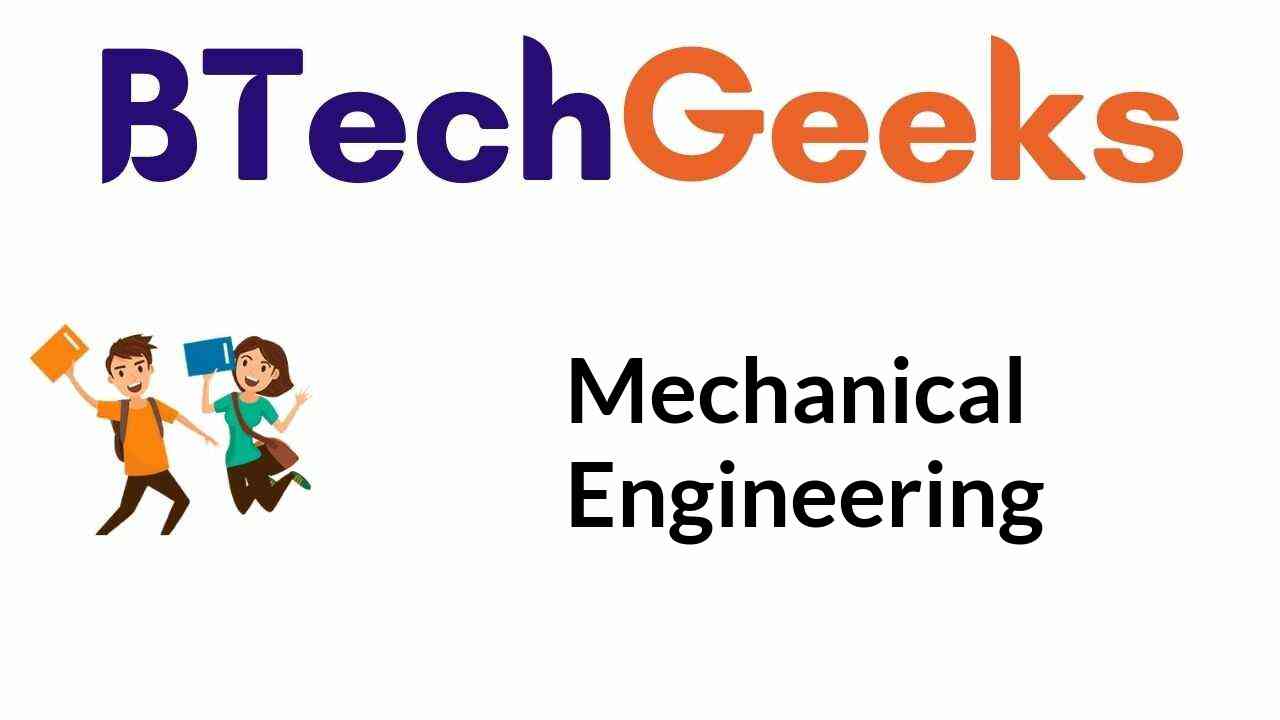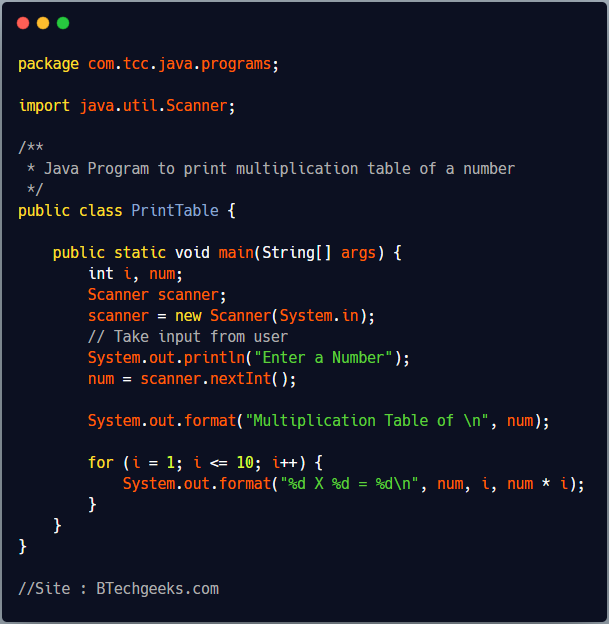Mechanical Engineering Notes PDF Free Download: Looking for Btech ME Year-wise Notes & Study Materials that can support your preparation? There are numerous lecture notes & books of BTech Geeks which help you in better preparation. Mechanical Engineering Course structure & complete details are covered here along with the year-wise Bachelor of Technology ME Notes Pdf. Check out the entire article of Mechanical Engineering Notes & choose the appropriate study resource for effective preparation. Also, you can find other courses Btech Notes on our site. So, take a look at this page thoroughly and click on the ME Lecture Notes PDF links available over here to download freely.
Overview of BTech Mechanical Engineering Course Details & Study Materials
Here are the links to the ME Course details overview where you have to click on the respective link & directly jump into the matter that you required to know about Btech Mechanical Engineering(ME).
About Mechanical Engineering – BTech ME Course
Mechanical Engineering is an undergraduate programme that comes under the field of technology. The course is informative and broader related to the planning, designing, and implementation of technology that is used in industries. The course is divided into eight semesters. You can apply for this course after completing 10+2 from a recognized board with a minimum of 45 percent marks. The admission is provided based on the entrance examination. This is a popular field of technology that can highly-demanding jobs.
Mechanical engineering is a popular branch of engineering. It is a combination of the principles of mathematics, engineering physics, and materials science. It is related to the study of designing, analyzing, maintaining, and manufacturing mechanical systems.
In mechanical engineering courses, students get knowledge about electric motors, designing automobiles, aircraft, and other heavy vehicles. This article covers all the information about the mechanical engineering course. This course comes under one of the oldest and popular programmes named Bachelor of Technology.
If you have an interest in technology, science, and machines; this course is suitable for you. This course will help you to understand the working and development of machines. It is one of the traditional technology courses that has played a crucial role in the industrialization of the human race.
It is a full-time course consisting of four years that is offered in many institutions of India including the IITs and NITs. This course is related to the production and design of machines that help in reducing human labor.
Course Highlights
| Course Name |
Mechanical Engineering |
| Course Duration |
Diploma- Three Years
UG- Fours Years
PG- Two Years |
| Eligibility Criteria |
Diploma- Class 10 with 45 percent aggregate
UG- Class 10+2 with 45 percent aggregate
PG- B.Tech in Mechanical Engineering |
| Placement Opportunities |
Manufacturing, Industrial, Maintenance, and Automobile. |
| Top Recruiter |
Escorts, Tecumseh, Hindustan Aeronautics Limited (HAL), BHEL, NTPC, NHPC, JCB, Hero Honda, Railways, and Armed Forces. |
| Average Income |
3 lacs to 15 lacs rupees per annum. |
Mechanical Engineering Notes & Course Syllabus
The syllabus of mechanical engineering is divided into eight semesters. The complete syllabus of mechanical engineering is given below:
| 1st Semester |
2nd Semester |
| Engineering Mathematics-I
Engineering Physics / Engineering Chemistry
Systems in Mechanical Engineering
Basic Electrical Engineering / Basic Electronics Engineering
Programming and Problem Solving / Engineering Mechanics
Workshop |
Engineering Mathematics-II
Engineering Physics/ Engineering Chemistry
Basic Electrical Engineering / Basic Electronics Engineering
Programming and Problem Solving / Engineering Mechanics
Engineering Drawing (Engineering Graphics )
Project-Based Learning |
| 3rd Semester |
4th Semester |
| Solid Mechanics
Solid Modelling and Drafting
Engineering Thermodynamics
Engineering Materials and Metallurgy
Electrical and Electronics Engineering |
Engineering Mathematics – III
Kinematics of Machinery (Theory of Machines)- I
Applied Thermodynamics
Fluid Mechanics
Manufacturing Processes |
| 5th Semester |
6th Semester |
| Design of Machine Elements-I
Heat Transfer
Theory of Machines-II
Turbo Machines
Metrology and Quality Control
Skill Development |
Numerical Methods and Optimization
Design of Machine Elements-II
Refrigeration and Air Conditioning
Mechatronics%
Manufacturing – Process-II |
| 7th Semester |
8th Semester |
| CAD/ CAM Automation
Dynamics of Machinery
Elective – I
Elective – II
Project – I |
Power Plant Engineering
Mechanical System Design
Elective -III
Elective – IV
Project – II |
Avail subject-wise B.Tech Notes related to Engineering Departments like ECE, CSE, Mech, EEE, Civil, etc. all in one place and plan your preparation according to your requirements.
Skill Set Required
- Basic technical knowledge
- Capability to work under pressure
- Creativity
- Problem-solving skills
- Interpersonal skills
- Verbal and written communication skills
- Team Working skills
- Commercial awareness
- Fair knowledge of mathematics
- Analytical skills
Course Duration
The course duration for the mechanical engineering course programme is different for the three different levels of the course programme:
- The course duration of mechanical engineering polytechnic diploma is three years.
- The course duration of mechanical engineering undergraduate engineering course is four years.
- The course duration of mechanical engineering postgraduate engineering course is two years.
Mechanical Engineering Eligibility Criteria
The eligibility criteria mechanical engineering course programme at the Undergraduate and Postgraduate level is as follows:
- Diploma in Mechanical Engineering:
Candidates should have passed the class 10 examination from a recognised board with an overall average of 45 per cent marks.
- Undergraduate Programme in Mechanical Engineering:
Candidates should have completed class 12 examination with Physics, Chemistry and Mathematics as the core subjects from a recognised board with a minimum of 45 per cent marks.
- Postgraduate Programme in Mechanical Engineering:
Candidates should have completed B. Tech in mechanical engineering.
Admission Procedure
There are national-level, state-level, and institutional-level entrance examinations that offer admission into mechanical engineering.
Entrance Examinations
You have to appear and qualify for Institutional-level, State-level, or National-level entrance examinations to take admission in mechanical engineering courses. Some of the popular entrance examinations for the mechanical engineering course programme are as follows:-
- GATE
- JEE Main
- JEE Advanced
- SRMJEE
- BITSAT
- VITEEE
- KIITEEE
- KEAM
- WBJEE
Fee Structure
The average course fee for Diploma in mechanical engineering course programme is around 15000 to 1.5 Lakh rupees per annum. The average course fee for the B.Tech in mechanical engineering course programme is around 4 lacs to 10 lacs rupees per annum. The average course fee for the M.Tech in mechanical engineering course programme is around 40000 to 1 lac rupees per annum. However, the fee structure of mechanical engineering courses varies depending on the location and type of institution. Government colleges offer comparatively lower fee courses than private colleges.
Top Institutions
Some of the leading institutions that offer mechanical engineering course are given below:
- Indian Institute of Technology, Madras, Chennai
- Indian Institute of Technology, Bombay, Mumbai
- Indian Institute of Technology, Kharagpur
- Indian Institute of Technology, Delhi, New Delhi
- Indian Institute of Technology, Kanpur
- Indian Institute of Technology, Roorkee
- Indian Institute of Technology, Hyderabad
- Indian Institute of Technology, Gandhinagar, Ahmedabad
- Indian Institute of Technology, Ropar-Rupnagar
- Indian Institute of Technology, Patna
- Indian Institute of Technology, North Guwahati
- National Institute of Technology, Tiruchirappalli
- Vellore Institute of Technology, Vellore (first private institute in the category)
Employment Prospects
Mechanical engineering is a traditional field of engineering which has recently reached new horizons with the popularity of artificial intelligence, robotics, and machine learning. So, this course is highly demanding as this course teaches product development using modern technologies. A few more information about this course is given below.
Areas of Employment
- Mechanical engineers can work in the following areas:
- Manufacturing
- Industrial
- Maintenance
- Automobile
Top Recruiters
Some of the top-level companies that hire mechanical engineers are given below.
- Escorts
- Tecumseh
- Hindustan Aeronautics Limited (HAL)
- BHEL
- NTPC
- NHPC
- JCB
- Hero Honda
- Railways
- Armed Forces
- Software companies like Infosys, TCS, L&T, and other small scale industries.
Salary Package
The average pay package for mechanical engineers differs based on the type of institution and industry. The average salary package of mechanical engineers varies from 3 lacs to 15 lacs rupees per annum.
Frequently Asked Questions on Mechanical Engineering
Question 1.
What is the course duration of a mechanical engineering course?
Answer:
- The course duration of the mechanical engineering polytechnic diploma is three years.
- The course duration of mechanical engineering undergraduate engineering course is four years.
- The course duration of the mechanical engineering postgraduate engineering course is two years.
Question 2.
Which companies hire mechanical engineers?
Answer:
Some of the top-level companies that hire mechanical engineers are given below:
- Escorts
- Tecumseh
- Hindustan Aeronautics Limited (HAL)
- BHEL
- NTPC
- NHPC
- JCB
- Hero Honda
- Railways
Question 3.
What are some popular entrance examinations for mechanical engineering courses?
Answer:
Some popular mechanical engineering courses are GATE, JEE Main, JEE Advanced, SRMJEE, BITSAT, VITEEE, KIITEEE, KEAM, and WBJEE.
Question 4.
What is the course fee of B.Tech in Mechanical Engineering?
Answer:
The average course fee for the B.Tech in mechanical engineering course programme is around 4 lacs to 10 lacs rupees per annum.
Summary – Btech 1st, 2nd, 3rd, 4th Mechanical Engineering Lecture Notes Pdf
Hopefully, the information mentioned above helped you to know more about mechanical engineering courses. If you have any other questions regarding BTech Mechanical Engineering Notes Pdf, please let us know in the comments section.

